



For optimal use, the right connection is vital. Most models typically link to a standard garden hose as their primary water source. Ensure compatibility with any household fittings to avoid leaks or pressure loss. A reliable garden hose should have a minimum diameter of 5/8 inches to maintain the necessary flow rate.
Electric variants require a power outlet, generally a 15-amp circuit. Extension cords are acceptable but should comply with the gauge recommendations to prevent overheating or short-circuiting. For gas-operated units, ensure they are positioned away from enclosed areas to prevent carbon monoxide build-up.
Some units may offer added versatility through interchangeable attachments. These accessories include various nozzles, foam cannons, or surface cleaners. Each attachment can enhance performance depending on the specific cleaning task at hand. For instance, using a rotary nozzle increases the cleaning power for stubborn stains but may require adjustments to mitigate water usage.
Connections for High-Pressure Cleaners
To achieve the best performance, ensure a high-pressure cleaner is linked to a suitable water source, typically a garden hose or tap that can handle the required flow rate. A flow rate of at least 5 litres per minute is generally recommended for optimal functionality.
Utilising a compatible power supply is crucial; electric models require a standard outlet, while gas-powered units depend on fuel. Always check the specifications of your machine for voltage and amperage requirements.
Additionally, nozzles and accessories play a significant role in adapting to various surfaces and tasks. A quick-connect system allows for easy swapping of nozzles suited for different cleaning applications, ranging from wide sprays for rinsing larger areas to narrow jets for tackling stubborn dirt.
For added convenience, consider using an extension hose to reach further areas without straining the main unit. Ensure the diameter of the extension matches the manufacturer’s size requirements to maintain adequate pressure.
Storage of hoses and power cords is important too. Proper management prevents wear and tangling, prolonging the lifespan of these components. A hose reel can be an excellent investment for keeping everything tidy.
Lastly, be cautious about the attachment of additional equipment such as foam cannons or surface cleaners. These tools can enhance the cleaning experience but must be compatible with the specifications of your high-pressure cleaner for safe operation.
Water Supply Options for Pressure Cleaners
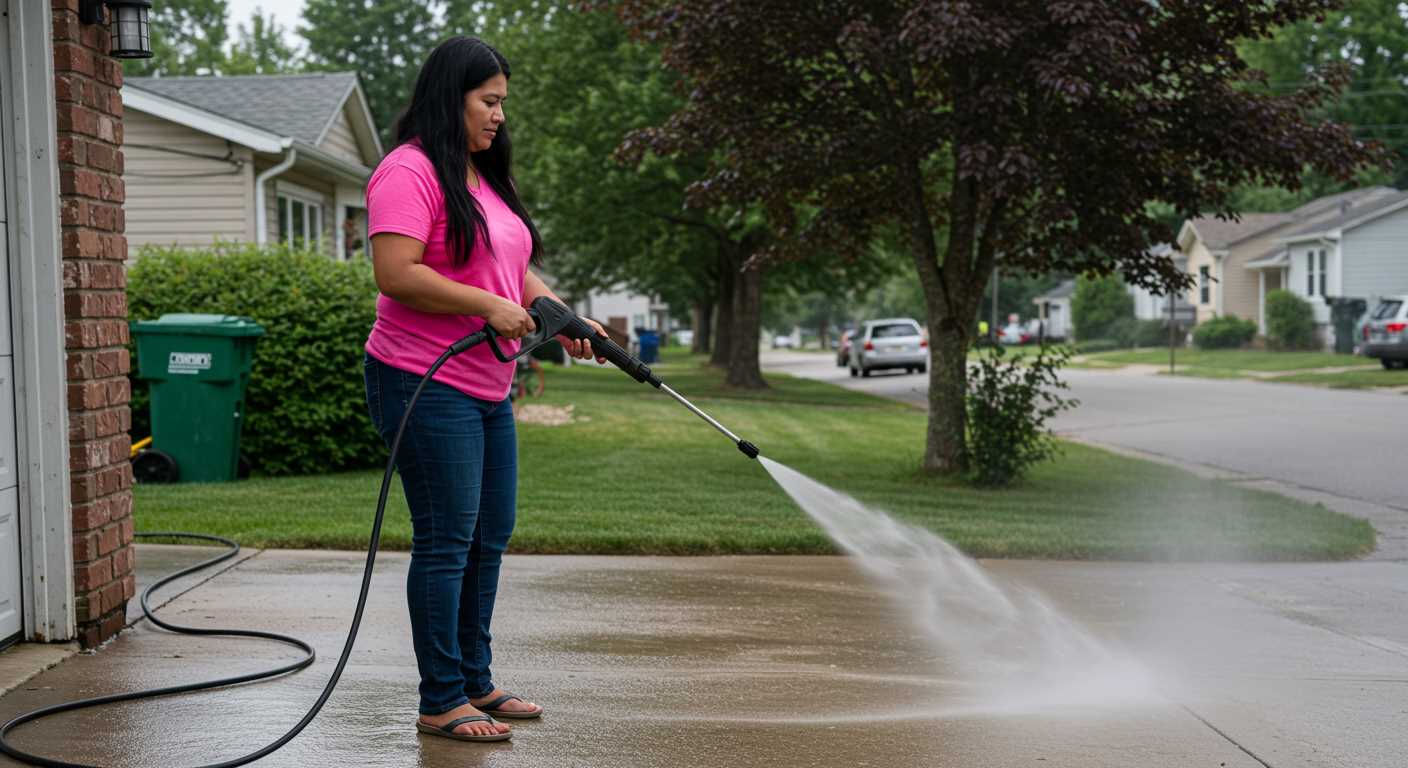
For optimal operation, ensure your water source is reliable and efficient. There are several options available. A standard garden hose is commonly used, as it connects easily to the majority of models. Use hoses rated for at least 1/2 inch diameter to prevent restrictions that may hamper performance.
Using a Tap Connection
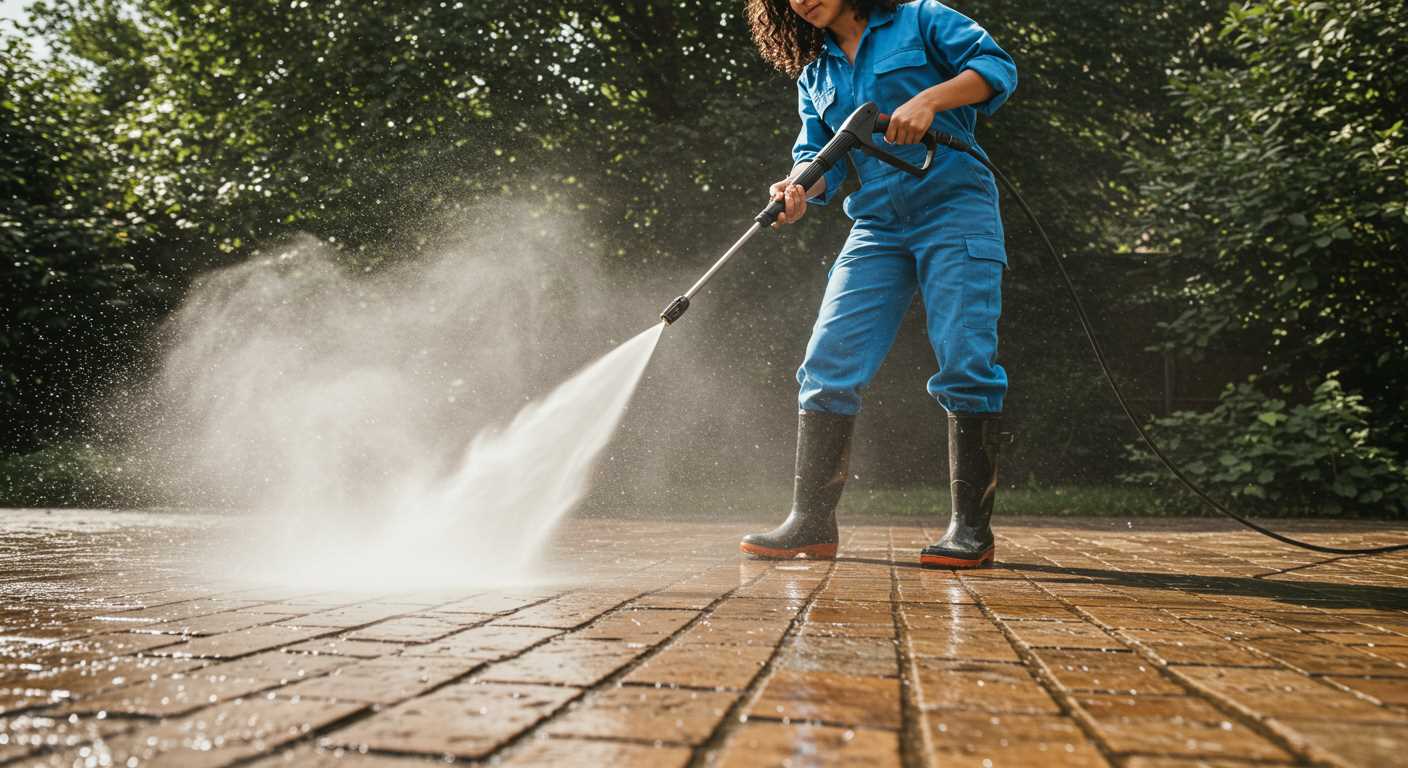
Connecting directly to an outdoor tap provides a seamless and consistent flow of water. Ensure the tap is fully open during use. Consider adding a filter to prevent debris from entering the system, which can lead to clogs and reduced efficacy.
Water Tank Alternatives
Some may opt to draw water from a storage tank or barrel. This requires a self-priming unit that can operate with low water pressure. Make sure the tank has a level indicator so you can monitor water availability. Additionally, using an inline filter is advisable to capture any sediment that could interfere with operation.
Types of Hoses Compatible with Pressure Cleaners
Choosing the right hose is critical for optimal performance. Here are the main types of hoses that work effectively with these cleaning units:
1. Rubber Hoses
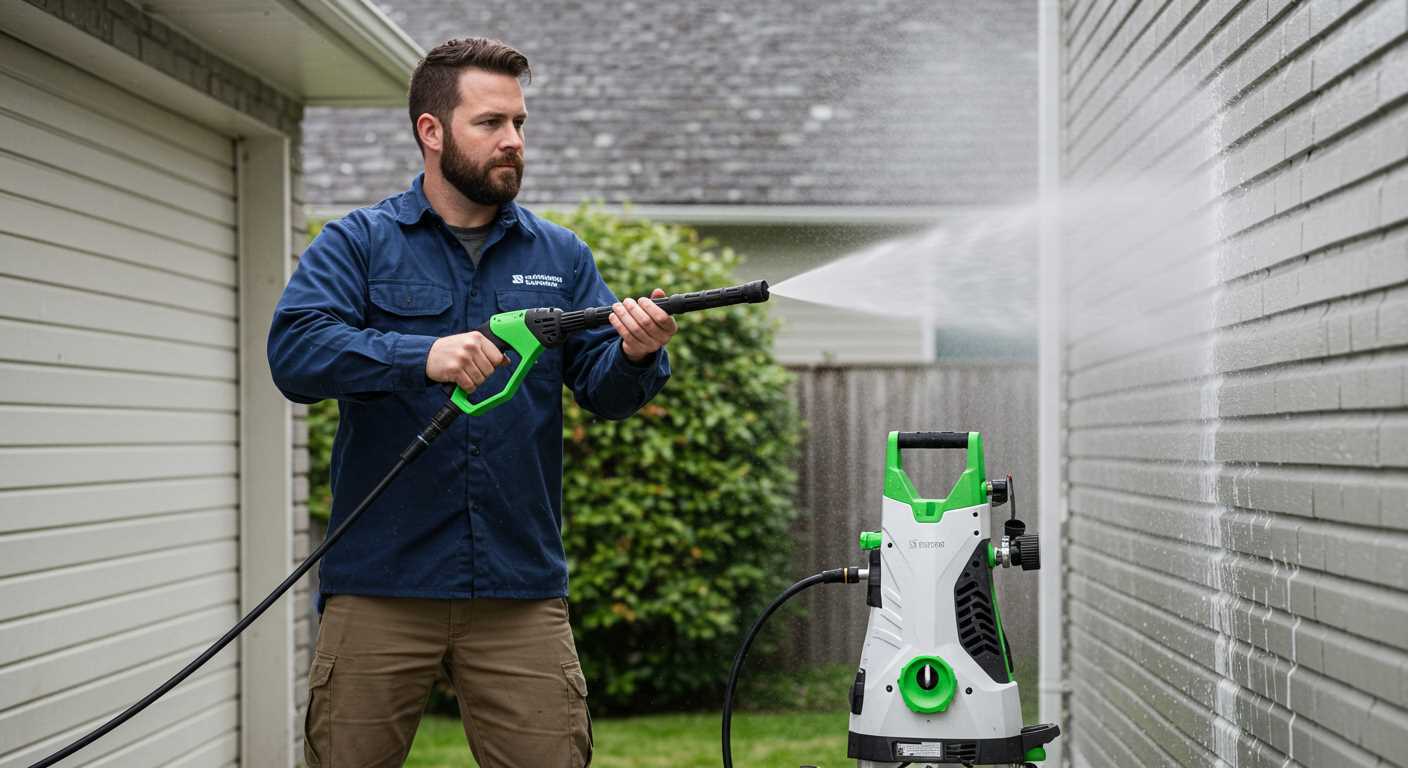
- Durability: Highly resistant to abrasion and damage.
- Flexibility: Maintains its shape even in extreme temperatures.
- Pressure Rating: Typically rated for high pressure, suitable for intense tasks.
2. PVC Hoses
- Lightweight: Easier to handle and transport than rubber alternatives.
- Cost-Effective: Usually more affordable, making them a popular choice.
- Limitation: Less durable than rubber; prone to kinks.
3. Reinforced Hoses
- Construction: Built with multiple layers for added strength.
- Pressure Handling: Capable of withstanding higher pressures without bursting.
- Application: Ideal for commercial use or heavy-duty residential tasks.
4. Anti-Kink Hoses
- Design: Engineered to prevent twisting and tangling during use.
- Efficiency: Allows for uninterrupted cleaning; saves time.
- Material: Usually made from a blend of materials to enhance flexibility.
Always ensure the inner diameter of the hose matches the specifications of your machine for optimal water flow. Selecting the right type can significantly enhance washing efficiency and ensure a longer lifespan for both the hose and the equipment.
Power Sources: Electric vs. Petrol Pressure Cleaners
When choosing a power source for your cleaning unit, the decision typically narrows down to electric or petrol options. Each has distinct strengths and weaknesses that cater to different cleaning tasks and user preferences.
Electric Cleaners:
- Ideal for light to moderate tasks, such as patio furniture, cars, or small driveways.
- Generally quieter and more environmentally friendly, producing no emissions during operation.
- Higher convenience with instant start functionality; just plug it in and you are ready.
- Typically lighter, making them easier to manoeuvre and store.
- Lower maintenance costs and less frequent need for repairs compared to their petrol counterparts.
Petrol Cleaners:
- Designed for heavy-duty tasks; ideal for large surfaces, commercial use, or areas with stubborn grime.
- Provide greater power and water pressure, suitable for challenging jobs like siding or concrete cleaning.
- Offer portability without dependency on electrical outlets, allowing use in remote locations.
- Longer run times on larger jobs without the need to stop and recharge.
- Require more maintenance, including regular oil changes and fuel management.
In conclusion, selecting between electric and petrol is a matter of evaluating the intended use. Choose electric for convenience and ease of use, especially for lighter tasks. Opt for petrol if tackling extensive or tough cleaning projects is your aim. Each power source presents unique benefits tailored to specific requirements.
Attachable Accessories for Enhanced Performance
From my extensive experience in the cleaning equipment industry, I recommend considering a variety of attachments to elevate your equipment’s capabilities. Accessories like turbo nozzles are particularly effective for tackling stubborn dirt and grime, as they combine a concentrated water jet with rotational movement for superior cleaning power.
Surface cleaners are another excellent option, especially for larger areas such as driveways and patios. These attachments drastically reduce cleaning time while providing an even finish, as they cover more ground compared to a standard nozzle.
For those looking to access hard-to-reach areas, extension wands are invaluable. These allow for greater reach without the need for ladders or scaffolding, making it safer and more efficient to clean high surfaces.
Don’t overlook foam cannons. They are fantastic for pre-soaking surfaces with detergent, ensuring a deeper clean. Using them in combination with a compatible detergent greatly enhances the overall performance of your system.
When it comes to changing tasks, consider quick-connect fittings. They facilitate swift transitions between attachments, minimising downtime and maximising productivity. Options for detergent tanks also provide the convenience of integrated cleaning solutions.
For those who frequently clean vehicles, a soft bristle scrub brush attachment is beneficial as it can prevent scratches while ensuring a thorough clean. Adopting the right accessories can truly transform the effectiveness of your equipment, tailored to your specific cleaning needs.
Connecting Surface Cleaners to Power Washers
For optimal cleaning, attaching a surface cleaner to your washing machine significantly boosts efficiency and coverage. These accessories facilitate uniform cleaning across large areas, eliminating the need for excessive passes. Before proceeding, verify the compatibility of the surface cleaner with your unit’s specifications, such as pressure rating and water flow. Most cleaners require a minimum of 2000 PSI and 2.0 GPM of flow for best performance.
Attachment Process
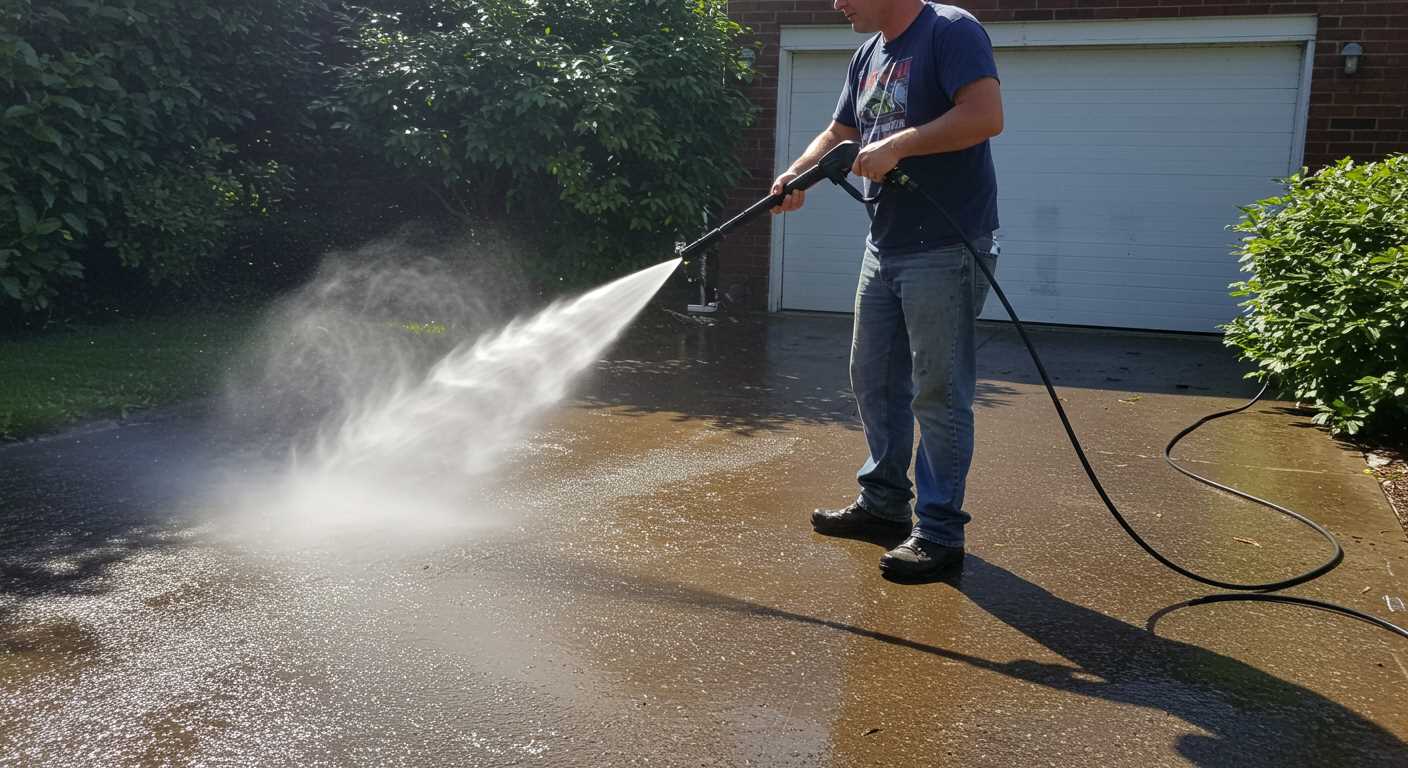
To attach, first disconnect any existing nozzles or hoses from the machine. Then, align the surface cleaner’s quick-connect fitting with the output port of your unit. Push the fitting onto the port until you hear a click, indicating a secure connection. If your model uses screw threads rather than a quick-connect system, carefully screw the surface cleaner onto the nozzle outlet until tight, ensuring not to overtighten, which can cause damage.
Considerations for Enhanced Performance
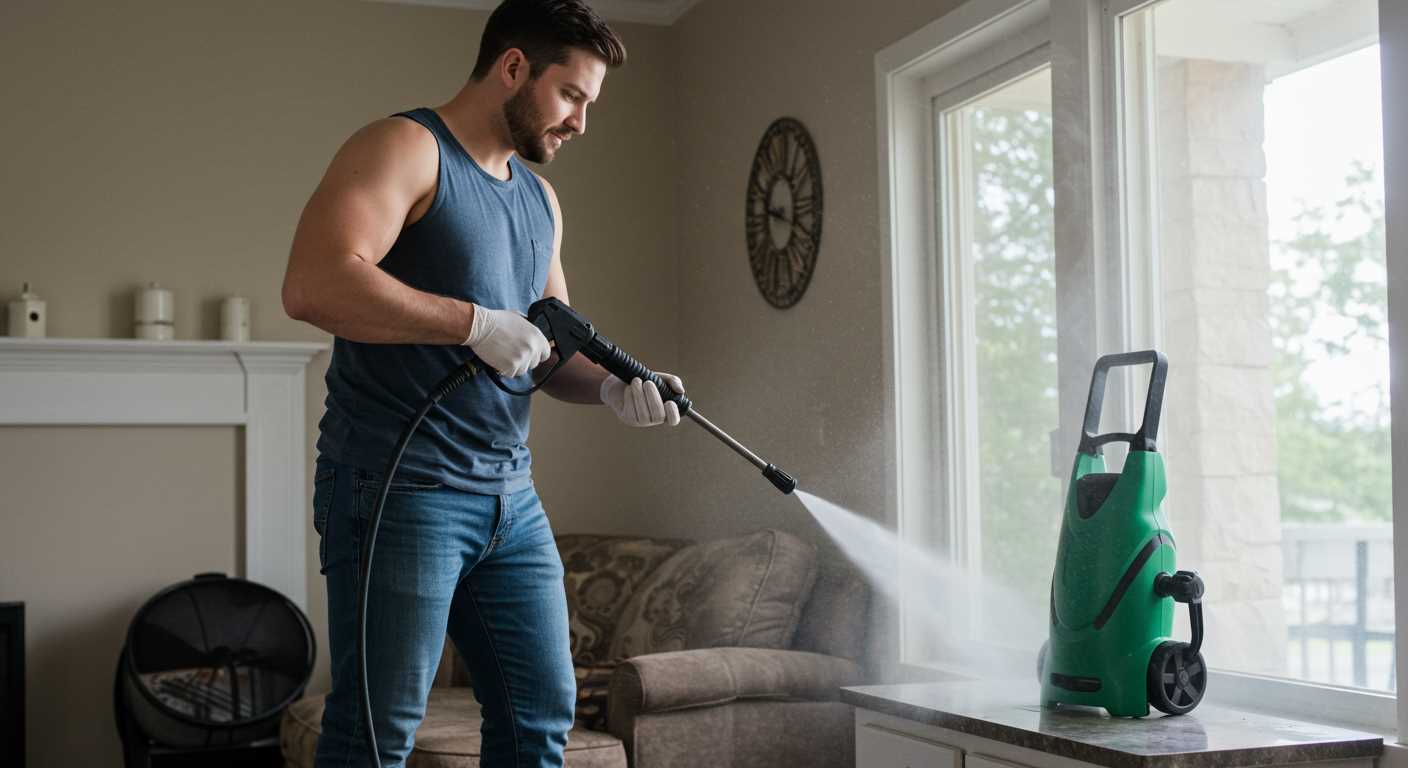
Using a spray lance extension can improve reach and reduce bending during extensive cleaning sessions. Keep an eye on nozzle sizes and types; some surface cleaners may come with interchangeable heads tailored for different surfaces. Additionally, maintaining the right distance from the ground ensures even cleaning without damaging surfaces. Regularly inspect and clean the attachment to avoid clogs and performance issues.
Using Pressure Washers with Detergent Systems
To achieve an optimal clean, integrating a detergent system enhances the performance of your cleaning equipment. Most models include built-in detergent tanks or offer options for external containers. Using a compatible all-purpose cleaner or specific formulations targeted for surfaces helps in removing stubborn grime effectively.
When selecting a detergent, ensure it is suitable for the type of unit you own. For electric versions, pH-neutral cleaners are ideal to prevent damage to internal components, while petrol models can handle a wider range of more aggressive products. Always check manufacturer guidelines before use.
While pouring detergent, avoid exceeding the recommended capacity to prevent overflow and potential leaks. If your unit supports variable pressure, applying the cleaning solution at a lower setting allows for better penetration into the dirt before elevating the spray intensity for rinsing.
| Type of System | Main Features | Recommended Detergents |
|---|---|---|
| Integrated Tank | Convenient, preset mixing | pH-neutral cleaners |
| External Container | Greater capacity, custom mix | Specialty solutions for specific surfaces |
For the best results, allow the detergent to sit on the surface for several minutes before rinsing. This dwell time aids in breaking down stubborn deposits. Post-cleaning, rinse the detergent reservoir to prevent clogging or damage to the system, ensuring longevity of your equipment.
FAQ:
What types of surfaces can a pressure washer connect to for cleaning?
A pressure washer can connect to various surfaces for cleaning, including concrete, wood, brick, and metal. For concrete driveways and patios, the high pressure can effectively remove dirt, grime, and stains. Wooden decks benefit from lower pressure settings to avoid damage while effectively cleaning. Brick and stone surfaces can also be cleaned thoroughly without damaging the material, provided the correct pressure level is used. Metal surfaces, like cars and outdoor furniture, require caution to prevent scratching but can be cleaned effectively with appropriate nozzles and pressure settings.
How do I connect a pressure washer to a water source?
Connecting a pressure washer to a water source is a straightforward process. Most models require a standard garden hose, which can be attached to the washer’s water inlet. Ensure that the hose is free of kinks and damage to maintain optimum water flow. You will also need to connect the other end of the hose to a tap or other water source. Before starting the pressure washer, it’s crucial to check for any leaks and to make sure that the water supply is turned on fully. Some pressure washers have specific requirements, so it’s wise to consult the manufacturer’s instructions for any additional steps or specific fittings required.
Can I use a pressure washer with different attachments, and what do they connect to?
Yes, pressure washers can be equipped with various attachments that serve different cleaning purposes. Common attachments include surface cleaners, foam cannons, and extension wands. A surface cleaner often connects to the pressure washer’s trigger gun and is used for large, flat areas like driveways or decks, allowing for even cleaning. A foam cannon connects to the high-pressure spray gun and is used for applying a thick layer of soap, ideal for washing cars or equipment. Extension wands can be added for reaching high places or cleaning hard-to-access areas. Each attachment will typically connect to the pressure washer through the same trigger gun or nozzle system, so flexibility in cleaning is quite achievable.











